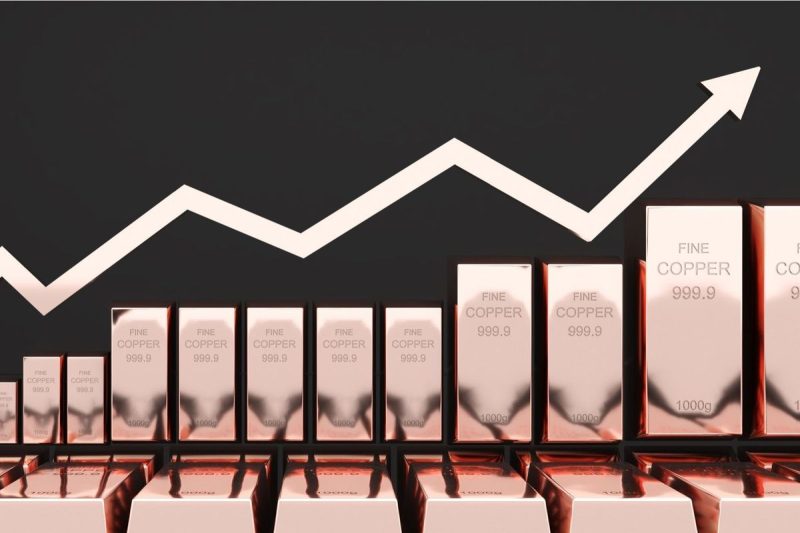Investing in Copper: A Comprehensive Guide
Understanding the Basics of Copper Investment
Copper has been a valuable commodity for centuries, playing a critical role in various industries such as construction, electronics, and transportation. As one of the most widely used metals globally, copper presents an attractive investment opportunity for those looking to diversify their portfolio. Before delving into the specifics of investing in copper, it is essential to understand the basics of this metal’s market dynamics.
Factors Influencing Copper Prices
Several factors influence the price of copper, making it imperative for investors to stay informed about market trends and developments. One significant determinant of copper prices is global supply and demand dynamics. Fluctuations in production levels, geopolitical events, and economic conditions can all impact the availability and cost of copper.
Additionally, the performance of major copper-consuming industries, such as construction and manufacturing, plays a crucial role in shaping copper prices. For instance, an increase in infrastructure projects or a surge in consumer electronics demand can lead to a rise in copper prices due to higher consumption levels.
Investment Options in Copper
There are several avenues through which investors can gain exposure to the copper market. One common method is to invest directly in copper through physically backed exchange-traded funds (ETFs) or futures contracts. These instruments allow investors to track copper prices without needing to own the physical metal.
Another approach to copper investment is through mining companies that specialize in copper production. Investing in copper mining stocks provides exposure to both the price of copper and the performance of the mining company. However, it is essential to conduct thorough research on these companies’ financial health, mining operations, and growth prospects before making an investment.
Furthermore, investors can consider investing in copper-related industries, such as copper wire manufacturers or electronics companies that use copper in their products. By diversifying across various sectors that rely on copper, investors can mitigate risks associated with fluctuations in copper prices.
Risk Management Strategies
Like any investment, copper carries inherent risks that investors should be aware of. One common risk associated with copper investment is price volatility, which can be influenced by numerous external factors beyond investors’ control. To manage this risk effectively, investors can consider employing hedging strategies, such as options or futures contracts, to protect against adverse price movements.
Additionally, staying informed about macroeconomic trends, global trade policies, and technological advancements can help investors anticipate potential market shifts and make informed investment decisions. Conducting thorough research, diversifying investment portfolios, and regularly monitoring copper market developments are vital risk management practices for copper investors.
Final Thoughts
Investing in copper can be a rewarding opportunity for investors seeking to diversify their portfolios and capitalize on the metal’s industrial significance. By understanding the key drivers of copper prices, exploring different investment options, and implementing risk management strategies, investors can navigate the dynamic copper market successfully.
As with any investment, conducting due diligence, seeking expert advice, and staying informed about market trends are crucial to making informed decisions and maximizing returns. Whether through direct copper investment, mining stocks, or copper-related industries, investors can harness the potential of copper as a valuable addition to their investment portfolios.




























